7 Features Smartphone Cameras Need to Beat DSLRs

Key Takeaways
Smartphone cameras have evolved significantly, but they’re still a long way behind DSLRs.
To compete with DSLRs and mirrorless cameras, smartphone cameras need bigger sensors.
Better white balance control and more shooting modes would also enhance smartphone photography.
Smartphone cameras have evolved significantly since their early iterations, but they’re still markedly behind DSLRs and mirrorless cameras. To truly compete with more professional devices, these are the features that smartphone cameras need.
1 More ISO Options
While you can take good photos with your smartphone in low-light conditions, it’s much more difficult than during the day. The best way to control lighting on a camera is via ISO, but smartphone cameras are often severely lacking in this area.
If I use my Fujifilm camera as an example, I can boost my ISO all the way to 12,800. Even when I had an old Nikon DSLR, I could increase my ISO to 25,600. Granted, I rarely go above 1,000 when using my camera, but the option gives more flexibility when shooting in low light.
While you can adjust the brightness, many smartphone cameras don’t provide the option to change your ISO. For this reason, people who want more customization over their photography will still look to DSLRs and mirrorless devices.
If you’re new to photography, you can learn all about ISO here.
2 Larger Sensors
Smartphone manufacturers often talk about how many megapixels their cameras can take images in. But while megapixels play a role in getting good pictures, they’re not as essential as you might think. The camera sensor will have a bigger influence on your picture quality.
Camera sensors are where the light bounces off and generates an image. You can usually see your DSLR sensor on your camera body when you remove the lens. You’ll notice that the sensor is relatively large, and often much more so than what smartphones can offer.
Because camera sensors are bigger, more light can enter—as a result, you often get better photos. Smartphone camera sensors will need to become bigger if they want to truly compete with DSLRs, but manufacturers will encounter challenges with device size and space to make this a reality.
The many different types of digital camera sensors differ significantly. Understanding these will help you choose a better camera if you want to go that route.
3 Better Control Over White Balance
Another common annoyance with smartphones is that you have nowhere near as much control over the white balance as you would with a DSLR camera. If you need a refresher, see our guide on white balance—essentially, it’s how warm or cool your picture looks. Ideally, you want the whites in your images (e.g. paper) to actually look white, hence the name.
When you use a DSLR camera, you can often choose a Kelvin number to nail the white balance. Moreover, you have different presets to pick from—such as cloudy and daylight. Most smartphone cameras offer neither of these, which means you have to put all of your trust in your device to hopefully get the shot right.
The best way to edit the white balance in your smartphone photos is by using editing software like Adobe Lightroom. You can also edit the warmth in your native photo editing app after taking the picture. Nonetheless, being able to control your white balance when taking the photo typically produces much better results.
4 More Shooting Modes
Modern smartphone cameras offer multiple filters, just look at the numerous iPhone camera filters. They’ve also started offering more shooting modes, but smartphones are better for videos than photos in this respect.
When I use my purpose-built camera, I can shoot in Auto, Manual, Shutter Priority, and Aperture Priority modes. These diverse options mean that I have much more control over my pictures.
You can still increase the quality of your smartphone photos without investing in an expensive camera, but it would be much easier to take great pictures if more shooting modes were available.
5 Better Shutter Speed Control
Shutter speed is one of the most important aspects of photography, and it often determines whether an image is blurry or not. But while you can control the aperture on some smartphone cameras, it’s often impossible to control the shutter speed manually. The only real exception is when you get to choose whether you want a longer timer for low-light images.
Because users don’t have much control over shutter speed, it’s more difficult to take better pictures in conditions where adjusting the shutter speed is necessary. For example, you may want a slower shutter speed when taking pictures of sports.
If smartphone cameras don’t make this feature more widespread, their chances of competing with DSLRs are virtually non-existent.
6 Better Zoom Image Quality
If I were to have one particular gripe with smartphone photos, it would undoubtedly be the zoom image quality. When I use my iPhone, the quality deteriorates significantly after around 1.5 (and even more so as you get closer to and beyond 2x). The reason is that smartphones, unlike cameras, don’t have variable optical zoom.
On the flip side, I have a 16-80mm lens on my Fujifilm camera, and the image quality is still fantastic as you get toward the 80mm mark. I see absolutely no reason why I would use my smartphone to take zoom images (unless I don’t have my main camera with me).
There’s no disputing that many modern smartphones have pretty good image quality for wide-angle shots. But sometimes, we can’t move closer to our subject and would rather zoom in. It would be nice to do that without the picture quality dropping so much, especially when cropping still seems to deteriorate how the image looks more than on a DSLR camera.
7 More Options for Shooting in RAW
While editing JPEGs is fine in many cases, your options are much more limited than if you worked with RAW files. More smartphones let you shoot in RAW than was once the case, but it’s still quite rare to find a device with this option.
Almost every DSLR lets you shoot in RAW, meaning that you have more detail to work with if you want to edit your images. So, while there are some situations in which you should shoot JPEG instead of RAW, people will still buy DSLRs if they want this feature.
Even for the casual shooter, smartphone cameras still have limitations that a DSLR would solve. The lack of image quality when zooming, limited customization controls, and smaller sensors mean that purpose-built cameras still often reign supreme. Whether smartphone manufacturers can compete with DSLRs depends on multiple factors, such as dealing with the smaller sizes of their devices and a lack of specialty in this area.
Source link

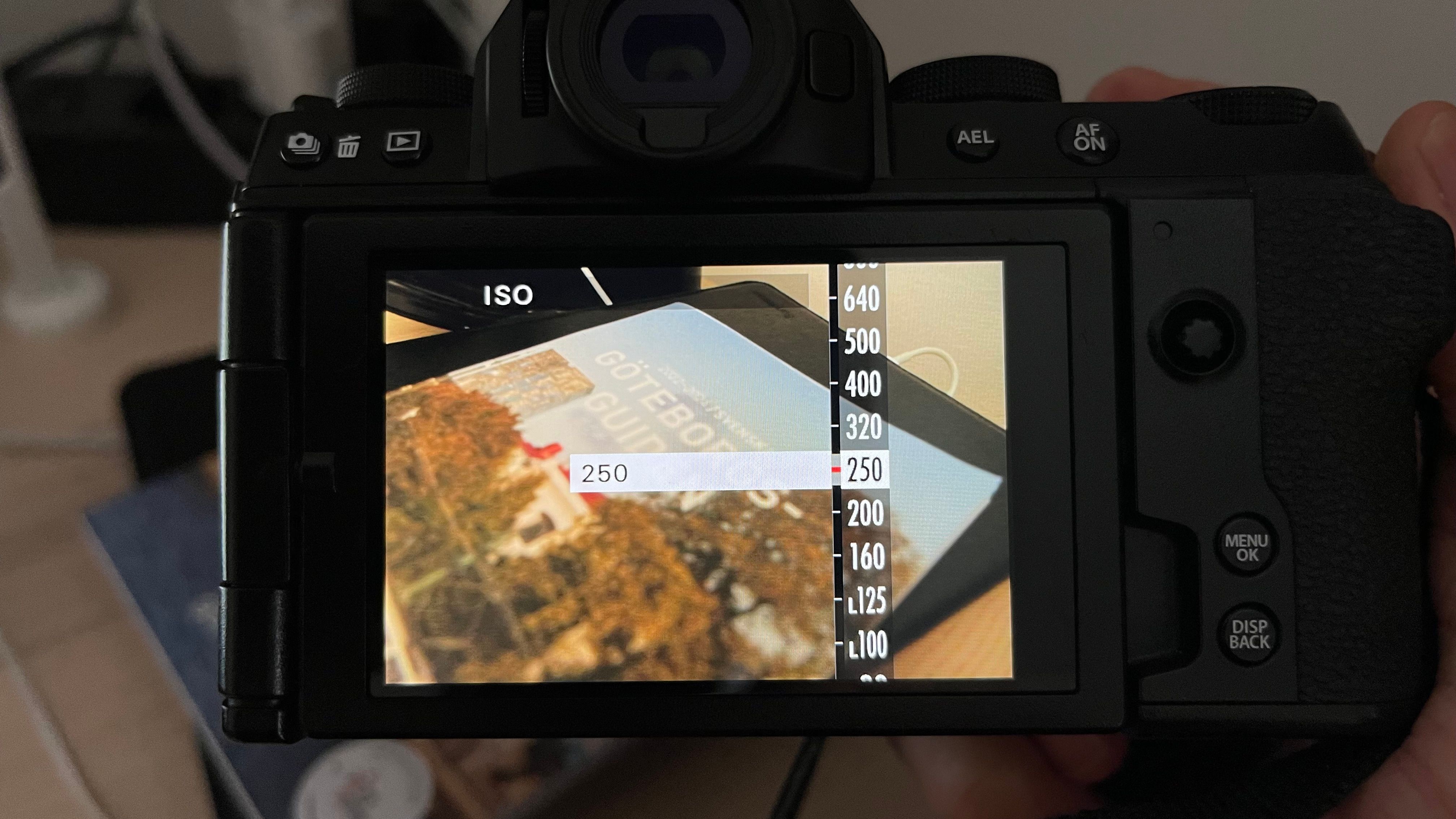
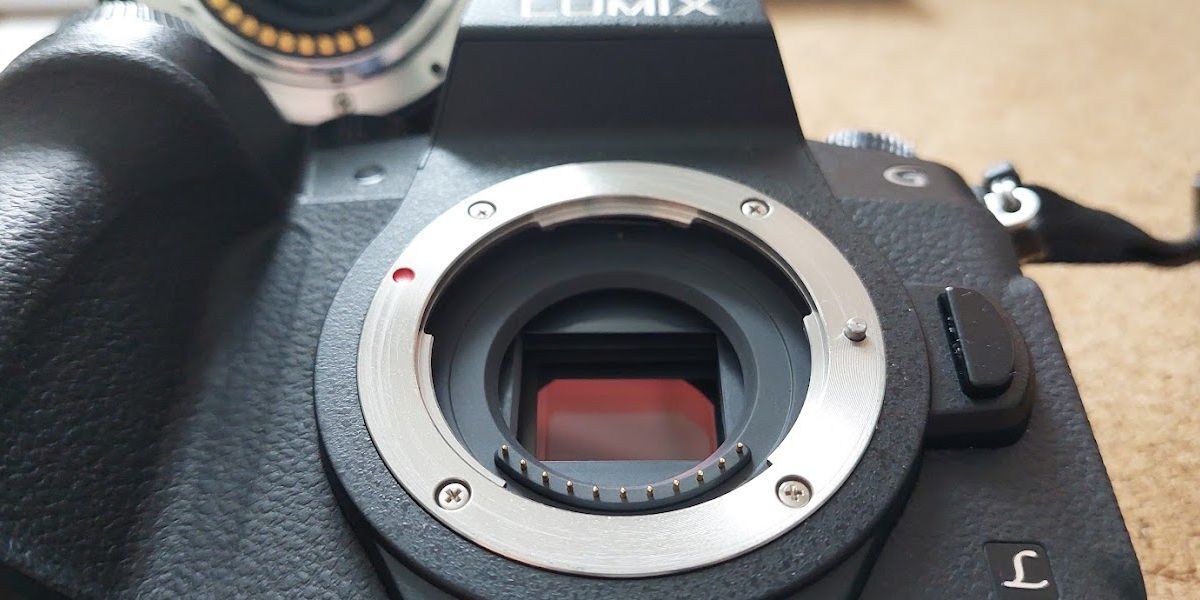
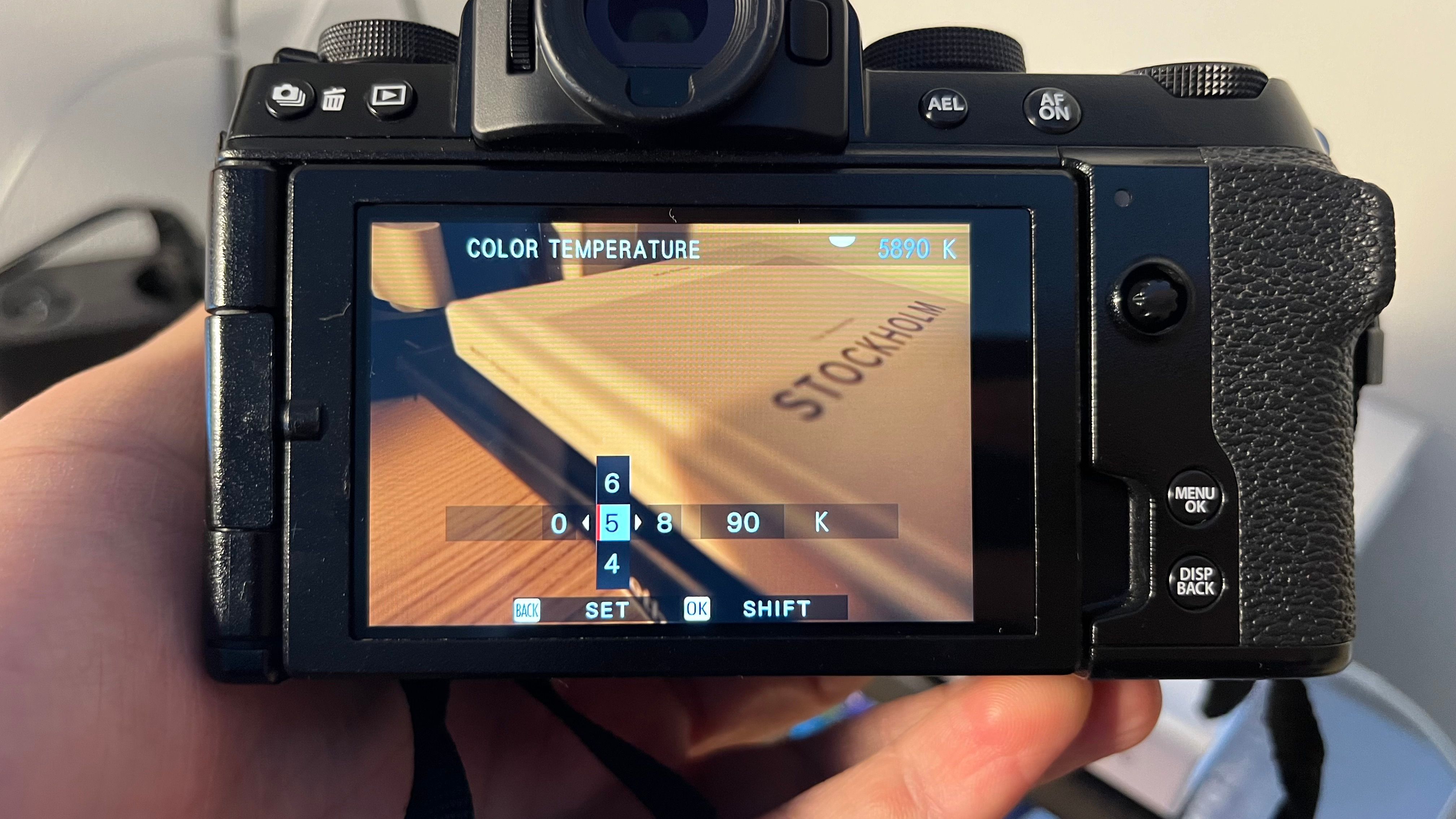
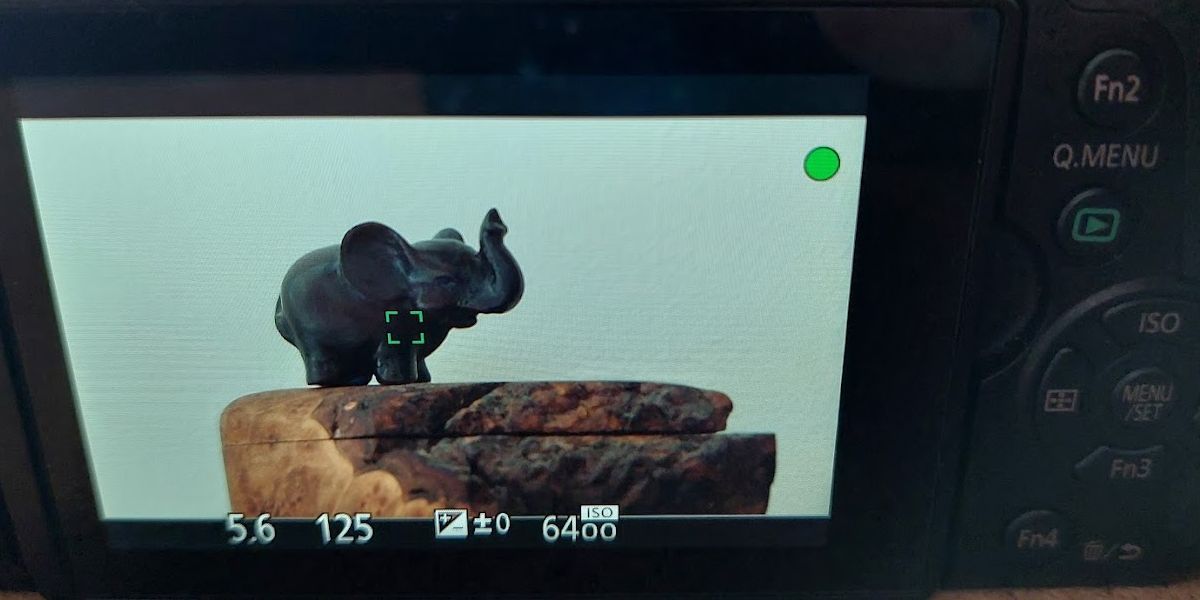
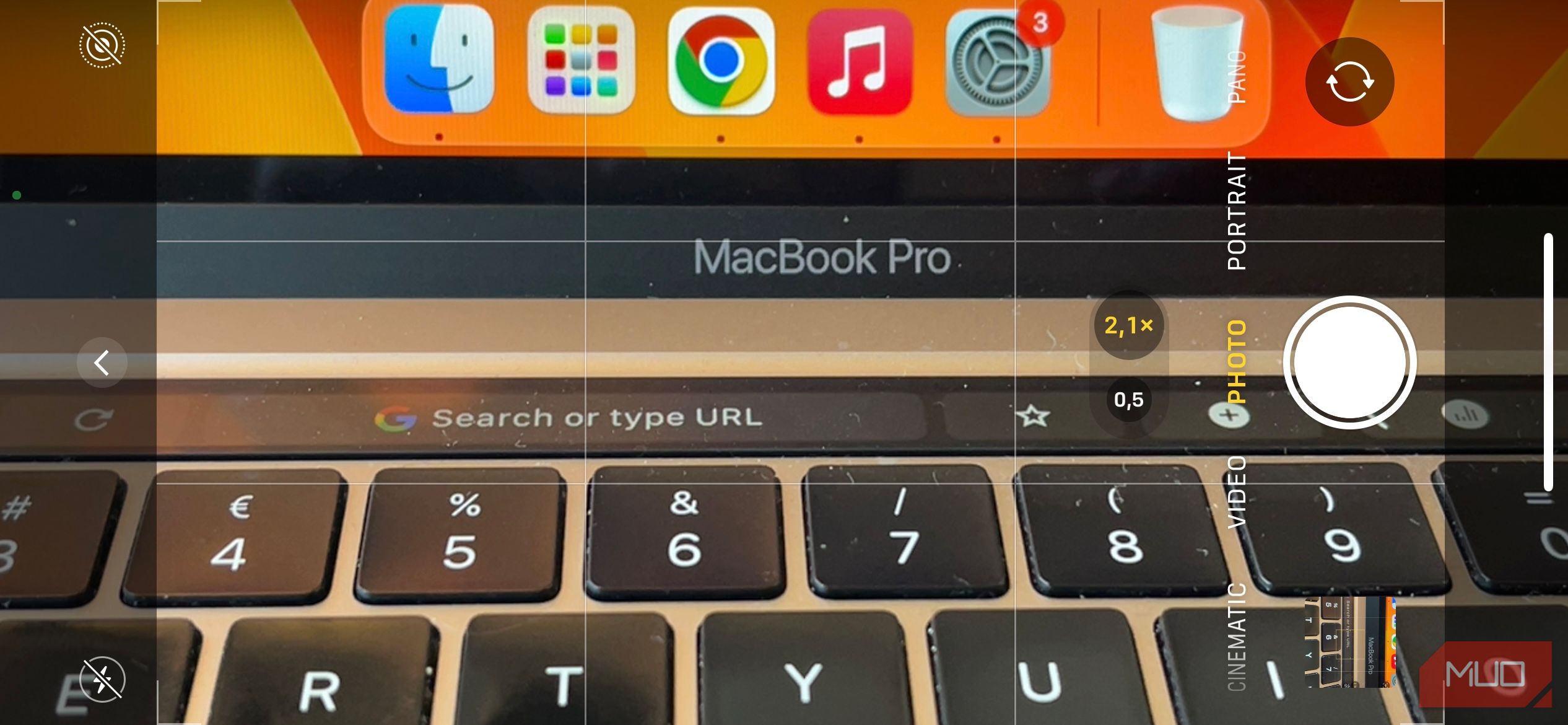



/cdn.vox-cdn.com/uploads/chorus_asset/file/23951355/STK043_VRG_Illo_N_Barclay_1_Meta.jpg?resize=390%2C220&ssl=1)
